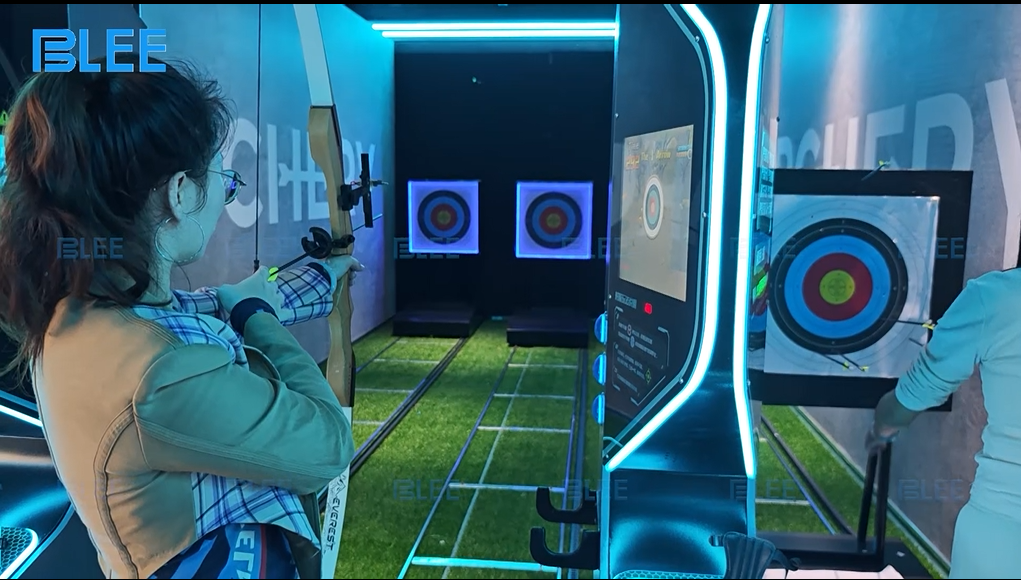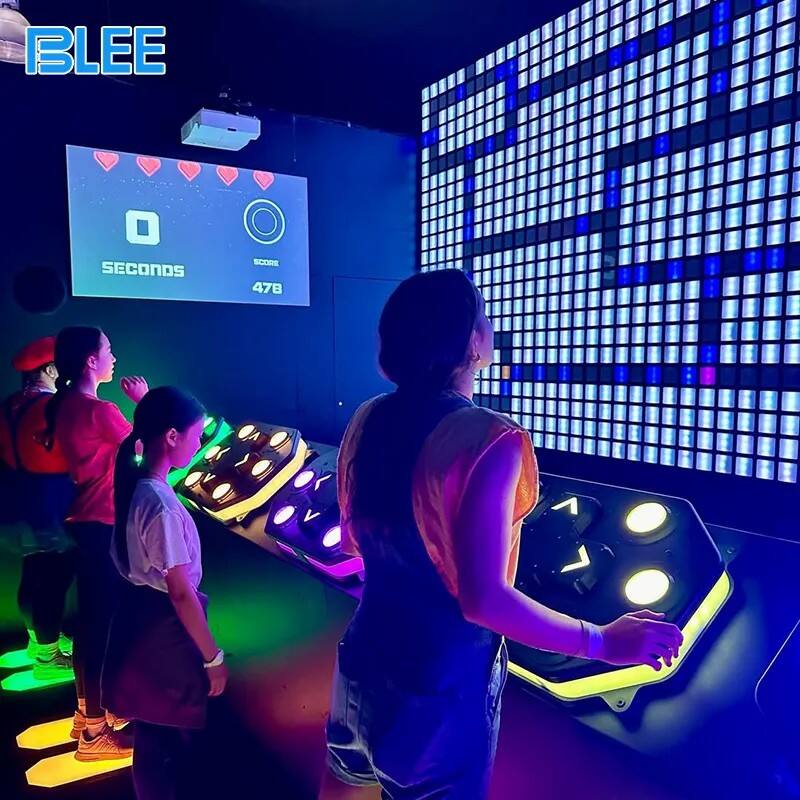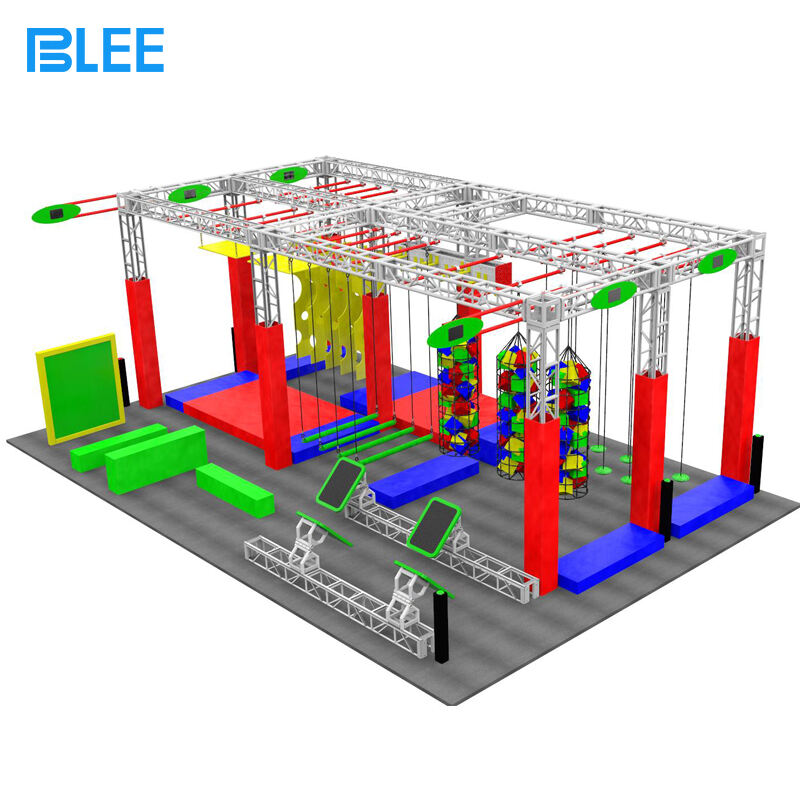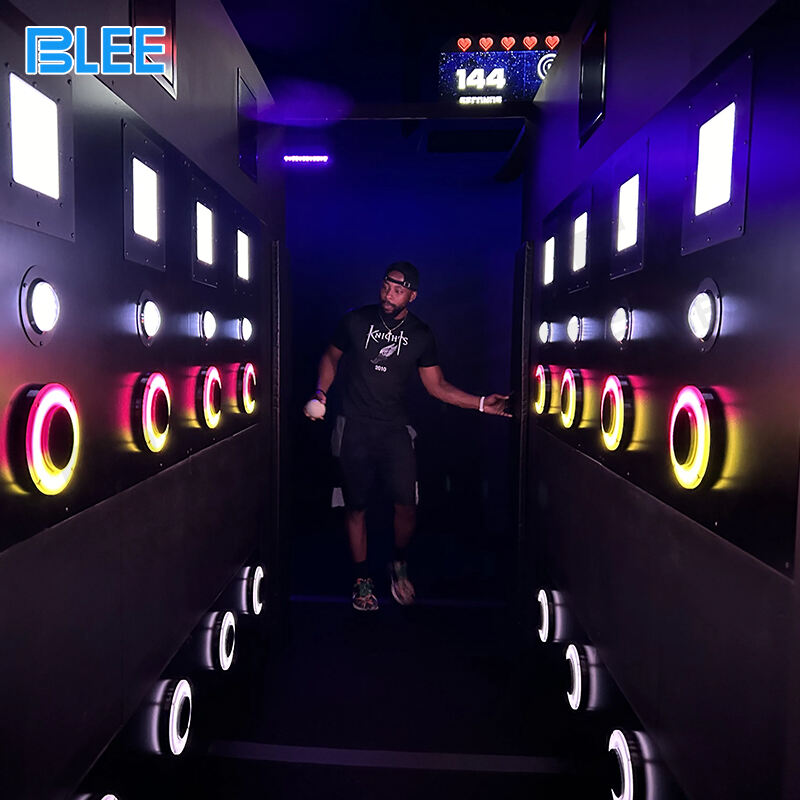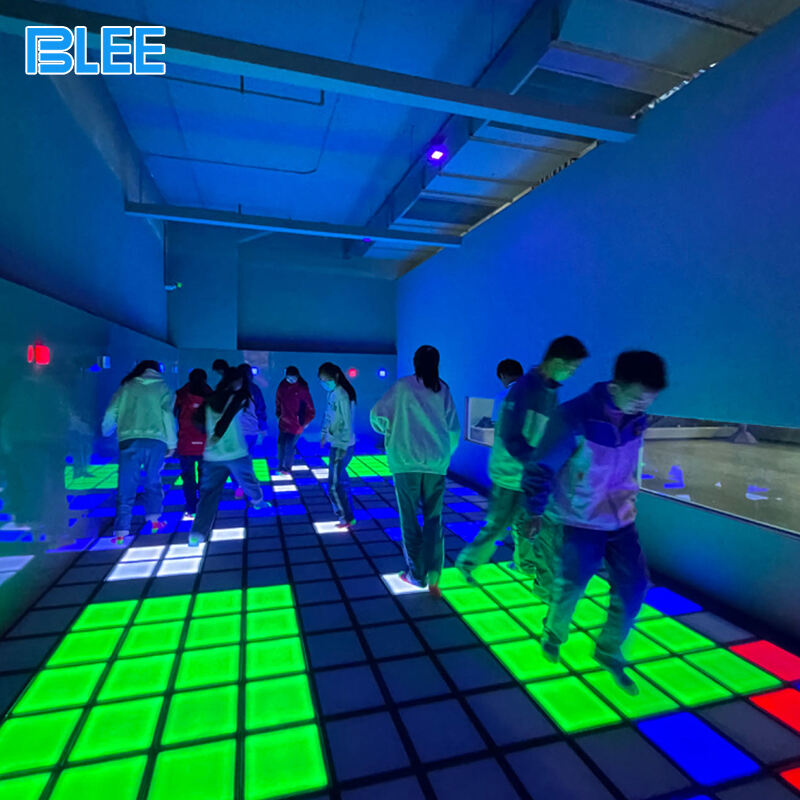The Role of Interactive Activation Games in Modern Customer Engagement
Why Interactive Games Drive Emotional Connections
Interactive games play a pivotal role in crafting deep emotional connections with customers. By offering immersive experiences, these games entice users to become emotionally invested in the brand. This emotional investment leads to memorable interactions that form the backbone of stronger brand loyalty. According to studies, such emotional engagement can boost customer retention rates by up to 23%. Moreover, the competitive aspect inherent in these games provides users with a sense of achievement and satisfaction, positively impacting their perception of the brand. Whether it's a trampoline park or another type of business, integrating interactive components ensures a more engaging customer experience.
Aligning Play with Brand Values for Authentic Experiences
Aligning the mechanics of interactive games with a brand’s core values fosters authenticity and builds trust among consumers. Successful brands adopt this strategy by weaving their mission into the narratives of their games, thereby encouraging consumers to align with these values. For instance, a trampoline park that champions active lifestyles can incorporate fitness elements into its activation games, reinforcing its brand message. By merging play with brand values, companies not only deliver authentic experiences but also resonate more deeply with their audience, thereby engendering lasting connections. This alignment ensures that the fun and engagement felt by the users directly mirror the ethos of the brand itself.
Gamification Strategies for Memorable Experiences
Incorporating Rewards and Progress Tracking
Incorporating reward systems into gamification strategies is instrumental in encouraging consistent engagement and motivating players to actively participate. By offering tangible rewards, users feel a sense of purpose and achievement, compelling them to return for more. For instance, showcasing progress through tracking features can further elevate the experience by allowing players to visualize their accomplishments over time, enhancing their commitment and satisfaction. Expert insights suggest that gamified reward systems can increase participation rates by up to 40%, illustrating their efficacy in fostering deeper connections and sustained engagement.
Designing Multi-Sensory Play Environments
Creating multi-sensory play environments enriches the gaming experience by engaging various senses like sight, sound, and touch simultaneously. This immersive experience is not only enjoyable but has been linked to improved memory retention and heightened emotional responses. For example, indoor playgrounds often employ dynamic lighting and interactive soundtracks, which elevate user engagement by offering a captivating and memorable experience. By leveraging these sensory elements, brands can create environments that stimulate emotional and cognitive responses, resulting in a profound impact on user satisfaction.
Using Data to Personalize Challenges
Utilizing data analytics to personalize challenges within gamification strategies allows brands to tailor experiences based on user preferences and skill levels. This optimization leads to increased engagement as players encounter scenarios that speak directly to their interests and abilities. Personalization enhances the likelihood of users returning, driven by the customized experiences that resonate with their needs. According to industry reports, personalized gaming experiences can result in up to a 30% increase in user satisfaction, underscoring the value in adapting to individual user profiles to foster long-term loyalty and enthusiasm towards the brand.
By strategically integrating these gamification elements—rewards, multi-sensory environments, and personalization—a brand can craft memorable experiences that not only engage but also captivate and retain users effectively, thereby enhancing overall customer satisfaction and brand loyalty.
Case Studies: Activation Games in Action
Trampoline Park Scavenger Hunts for Family Engagement
Trampoline parks integrating scavenger hunts create vibrant interactive family events that enhance overall engagement. These innovative activities encourage teamwork and communication among family members, fostering a fun and supportive environment. Making the experience rewarding and promising, statistics indicate that such family-oriented activities can boost foot traffic by 50% during peak hours, emphasizing the potential impact on business success. By combining traditional play with scavenger hunts, trampoline parks can attract more families, thereby increasing their clientele and promoting community spirit.
Augmented Reality Quests in Indoor Playgrounds
Augmented reality technology elevates play experiences, captivating tech-savvy audiences with innovative quests designed for indoor playgrounds. These AR quests seamlessly blend fun and education, embedding learning elements within engaging activities. Reflecting their effectiveness, case studies reveal notable increases in customer satisfaction, with satisfaction scores rising by up to 35% when AR features are incorporated. By integrating AR, indoor playgrounds can provide enriched experiences that entertain and educate, compelling visitors to engage more deeply with each play session.
Outdoor Playground Fitness Challenges for Community Building
Outdoor playgrounds stand as prime venues for hosting fitness challenges that promote health, wellness, and community connections. These challenges motivate participants to embrace physical activity within a supportive and lively group setting, fostering community spirit and camaraderie. As research indicates, community-focused events enhance brand identity, with 70% of attendees reporting improved perceptions of the sponsoring brand. By harnessing the power of community engagement, outdoor playgrounds can reinforce their role as hubs of activity and connection, benefiting both the brand and the local community.
Integrating Technology with Physical Play Spaces
AI-Powered Interactive Walls in Soft Play Areas
Integrating AI technology in soft play areas revolutionizes the play experience by providing real-time feedback and adapting games to meet users’ skill levels. These interactive walls offer children unique and engaging experiences that are both entertaining and educational. They harness the power of AI to tailor challenges based on individual needs. According to reports, the implementation of AI technology in these settings has led to a 25% increase in dwell time, suggesting that children are more engaged and motivated to explore and learn in these environments.
IoT-Enabled Games for Seamless Indoor Trampoline Park Experiences
IoT integration in indoor trampoline parks allows for seamless game transitions and adaptive challenges, creating a dynamic play environment. This technology not only enhances accessibility but also makes it easier for players to connect with each other and track their performance over time. Studies suggest that employing IoT technology in physical play settings enhances user experiences significantly, boosting retention rates by 15%. By connecting physical play spaces with technological advancements, trampoline parks can offer a more personalized and engaging experience that resonates with visitors, keeping them coming back for more fun and excitement.
Measuring Success in Activation Campaigns
Key Metrics for Participation and Brand Recall
To evaluate the success of activation campaigns, participation rates and brand recall are critical metrics. Surveys can offer insightful data, providing a clear perspective on how effectively a campaign has engaged its audience. Engagement metrics, such as the frequency of play usage per visit and social media shares, also serve as indicators of success. These metrics collectively reflect the depth of consumer interaction with a brand. When campaigns achieve high engagement, it has been observed that there is often a remarkable 60% enhancement in brand recall. This increase underscores the campaign’s ability to resonate with participants and solidify the brand's presence in their minds.
Long-Term Impact on Customer Loyalty
Understanding the long-term implications of activation campaigns involves assessing customer loyalty through repeat visits and retention rates. These metrics paint a comprehensive picture of how well a campaign translates into sustained consumer interest. Research highlights a direct correlation between engaging, gamified experiences and augmented customer loyalty. Brands that incorporate such experiences frequently report a notable 50% boost in overall customer lifetime value, driven by strengthened emotional connections. This improvement signifies the strategic depth campaigns can achieve in fostering lasting relationships with customers, leading to consistent brand engagement over time.

